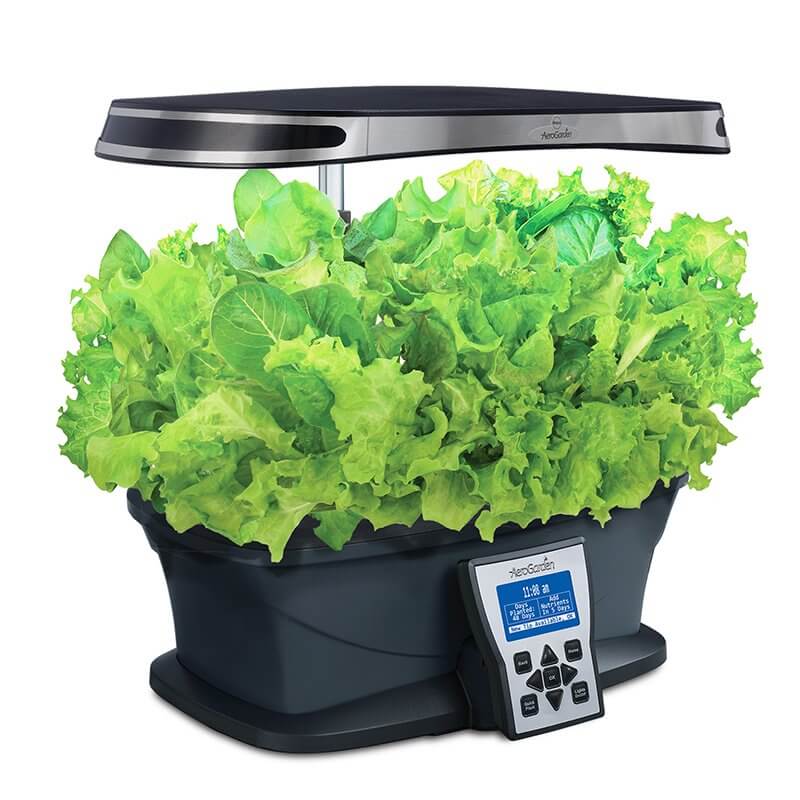So you’ve finally decided to grow your own lettuce using the Aerogarden system? Smart choice! But now that your lettuce has reached its full growth potential, you might be wondering how to harvest it properly without damaging the plants or compromising their taste. Well, fear not, because in this article, we’ll provide you with some valuable tips on how to harvest lettuce from your Aerogarden, ensuring a bountiful and delicious yield that you can enjoy in your salads and sandwiches. Let’s get started!
Preparing for Harvesting
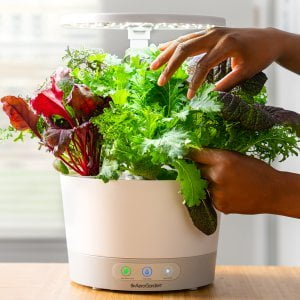
Determining the Right Time
Before you start harvesting your aerogarden lettuce, it’s important to determine the right time for harvest. Lettuce is typically ready for harvest when the leaves are full and vibrant in color. Avoid waiting too long to harvest, as the leaves may become bitter or tough. Keep an eye on your lettuce plants and observe their growth progress to ensure you harvest at the optimal time.
Gathering the Necessary Tools
To make the harvesting process smooth and efficient, gather the necessary tools beforehand. You’ll need a pair of clean and sharp scissors or garden shears to cut the lettuce leaves. It’s important to ensure that your tools are clean to prevent any contamination. Additionally, having a clean container or basket to collect the harvested lettuce will help keep everything organized.
Inspecting the Lettuce Plants
Before you begin harvesting, take a moment to inspect your lettuce plants. Check for any signs of disease or pests, such as yellowing or browning leaves, wilting, or unusual spots. If you notice any issues, address them before harvesting. Inspecting your plants helps ensure that you harvest healthy and high-quality lettuce for your consumption.
Harvesting Process
Choosing Which Leaves to Harvest
When harvesting lettuce, you have two options: harvesting individual leaves or harvesting the entire head. If you prefer a continuous supply of fresh lettuce, you can also utilize the continuous harvesting technique, which involves selectively harvesting leaves over time. Whichever method you choose, make sure to choose leaves that are mature and ready for harvest. Look for leaves that are fully grown, vibrant in color, and have a crisp texture.
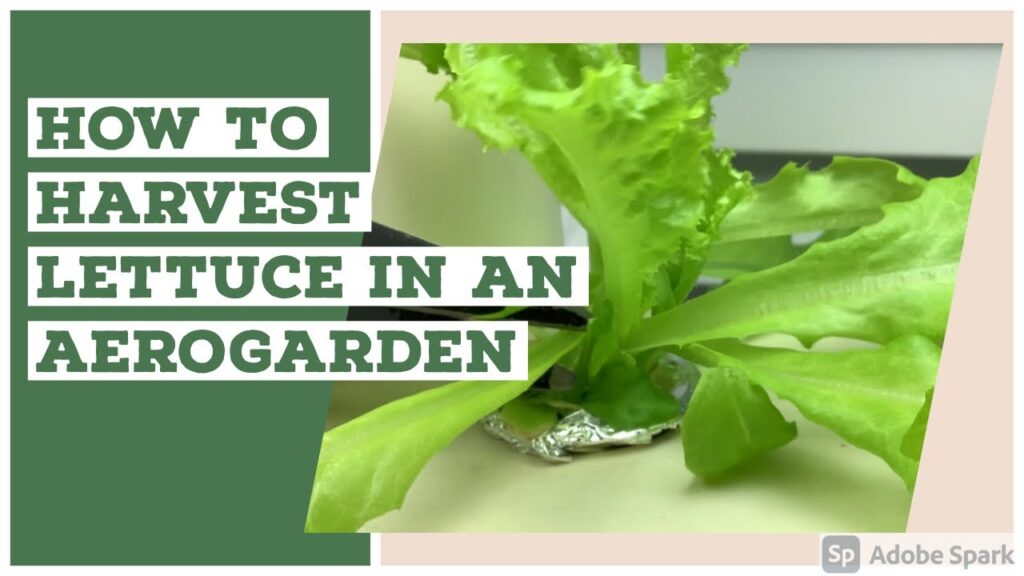
Harvesting Individual Leaves
To harvest individual leaves, gently hold the leaf near its base and use your scissors or garden shears to cut it a few inches above the crown of the plant. Leave a small portion of the leaf on the plant to allow for regrowth. Continue harvesting individual leaves as needed, ensuring that you maintain a balance between harvest and future growth.
Harvesting the Entire Head
When you choose to harvest the entire head of lettuce, wait until the plant has reached its full size. Grip the lettuce head firmly and use your scissors or garden shears to cut the entire head off at the base. Be careful not to damage any nearby plants or disturb the root system. Harvesting the entire head provides a bountiful supply of lettuce for immediate consumption.
Continuous Harvesting Technique
For those who prefer a constant supply of lettuce, the continuous harvesting technique is a great option. Start by harvesting the outermost mature leaves, leaving the inner younger leaves intact. This method allows the central growth point to continue producing new leaves while providing you with a steady stream of fresh lettuce. Remember to give your plants enough time to regrow between harvests.
Post-Harvest Tips
Cleaning the Harvested Lettuce
After harvesting, it’s essential to clean the lettuce to remove any dirt or debris. Fill a large bowl or sink with cold water and gently swish the harvested lettuce leaves in it. This will dislodge any dirt or unwanted substances. Then, remove the lettuce from the water and pat it dry with a clean kitchen towel or paper towels. Cleaning the harvested lettuce ensures that you can enjoy it fresh and clean.
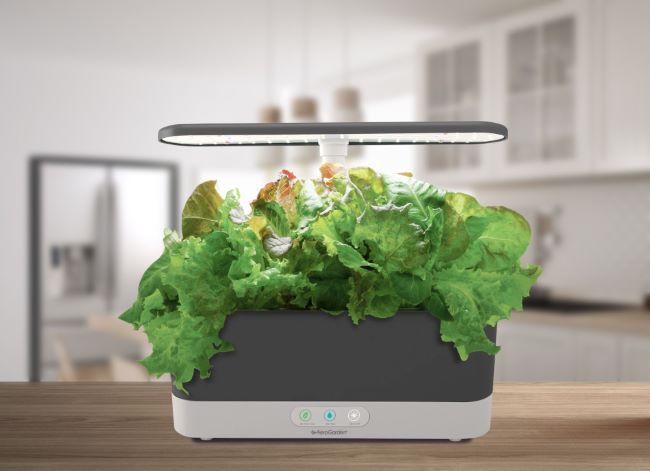
Storing the Harvested Lettuce
To prolong the freshness of your harvested lettuce, proper storage is crucial. After cleaning and drying the lettuce leaves, wrap them loosely in a paper towel and place them in a perforated plastic bag or airtight container. Store the lettuce in the refrigerator’s crisper drawer, where the humidity is higher. This helps prevent wilting and keeps the lettuce crisp and fresh for an extended period.
Using the Lettuce in Various Dishes
Now that you’ve harvested and stored your lettuce, it’s time to put it to good use in various dishes. Lettuce is a versatile ingredient that can be used in salads, sandwiches, wraps, and even cooked dishes like stir-fries or soups. Experiment with different recipes to explore the flavors and textures that different lettuce varieties offer. Lettuce adds freshness and crunch to any dish, so let your creativity shine.
Troubleshooting
Bitter or Tough Leaves
If your harvested lettuce leaves turn out bitter or tough, it could be due to various factors. Bitterness can be caused by high temperatures, lack of water, or overripe lettuce. To avoid this, ensure your lettuce plants are adequately watered, and harvested during cooler parts of the day. If bitterness persists, try a different lettuce variety known for its milder taste.
Yellowing or Browning Leaves
Yellowing or browning leaves in lettuce can be a sign of nutrient deficiencies, disease, or inadequate growing conditions. To address this issue, ensure your aerogarden lettuce receives appropriate lighting, proper nutrients, and consistent watering. If the problem persists, inspect the plants for any signs of disease or pests, and take appropriate measures to address them.
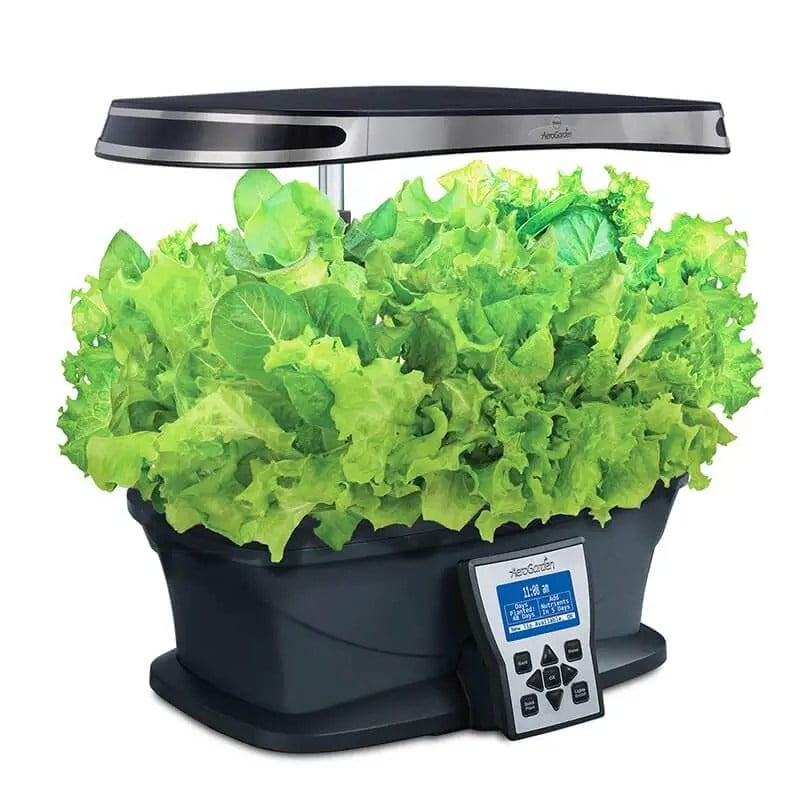
Aerogarden Maintenance
To ensure the health and productivity of your aerogarden lettuce, regular maintenance is vital. Keep an eye on the water level and refill it when needed. Monitor the nutrient levels and replace them according to the manufacturer’s instructions. Regularly clean the aerogarden system to prevent any buildup of algae or debris. By maintaining your aerogarden properly, you can promote healthy lettuce growth and avoid potential issues.
Extending Harvest Period
Pruning the Lettuce Plants
Pruning your lettuce plants can help extend the harvest period and promote healthy growth. As your lettuce plants grow, pinch off any flowers or remove any leggy or damaged leaves. This encourages the plants to focus their energy on producing new leaves, rather than flowering or repairing damaged foliage. Regular pruning helps keep your lettuce plants compact and productive.
Promoting Regrowth
To encourage regrowth after harvesting, it’s essential to provide your lettuce plants with optimal growing conditions. Ensure they receive adequate sunlight or artificial lighting, sufficient water, and appropriate nutrients. Maintaining a consistent and favorable environment promotes rapid regrowth, allowing you to harvest more lettuce throughout the growing season.
Planting Successive Crops
Another way to extend the harvest period is by planting successive crops of lettuce. As you harvest one batch of lettuce, prepare and plant new seedlings to replace them. By staggering your plantings, you can ensure a continuous supply of fresh lettuce throughout the season. Consider using different lettuce varieties to add diversity to your garden and culinary creations.
Enhancing Lettuce Flavor
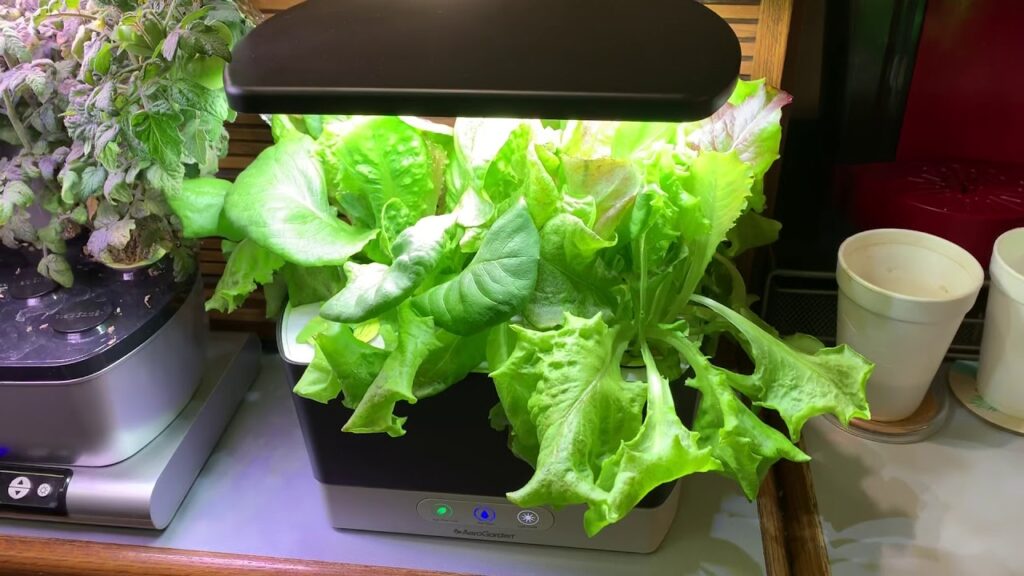
Controlling Temperature and Humidity
Lettuce flavor can be greatly influenced by temperature and humidity. To enhance the flavor, try to maintain a moderate temperature range of around 60-70°F (15-21°C). Avoid exposing your lettuce plants to extreme heat or cold, as this can negatively impact flavor. Additionally, proper humidity levels around 40-50% can help maintain the freshness and taste of lettuce.
Providing Adequate Lighting
Lighting plays a crucial role in lettuce growth and flavor development. If you’re growing lettuce indoors or in low-light conditions, consider providing artificial lighting to supplement natural light. LED grow lights are an excellent option as they emit the right spectrum of light for optimal photosynthesis and flavor development. Adequate lighting helps produce lettuce with vibrant color and enhanced taste.
Choosing the Right Nutrient Mix
The nutrient mix you provide your aerogarden lettuce can influence its flavor profile. Opt for a balanced nutrient mix that provides all the essential macronutrients and micronutrients. Avoid nutrient imbalances, as they can result in off-flavors or stunted growth. Follow the manufacturer’s instructions for the recommended nutrient concentrations and adjust accordingly based on your plant’s needs.
Preserving Lettuce Seeds
Allowing Lettuce to Bolt
To preserve lettuce seeds, it’s necessary to allow the lettuce plants to bolt or produce flowering stalks. Bolting is a natural process where the lettuce plants shift their energy from producing leaves to developing flowers and seeds. As the plants bolt, they produce elongated stalks with small yellow flowers.
Collecting Flowering Stalks
Once the lettuce plants have bolted and produced flowering stalks, it’s time to collect them for seed preservation. Carefully cut or snip the flowering stalks from the plants, ensuring you collect them before the seed heads burst open. Place the stalks in a clean, dry bag or envelope to capture any seeds that may fall off during the drying process.
Extracting and Storing Seeds
To extract the seeds, gently rub the dried flowering stalks between your fingers or use a sieve to separate the seeds from the stalks. Remove any chaff or unwanted debris. Store the seeds in a cool, dry place in a sealed container or envelope. Properly stored lettuce seeds can remain viable for several years, allowing you to continue growing your favorite varieties.
Companion Planting
Ideal Companion Plants for Lettuce
Companion planting involves growing different plants together to enhance their growth, repel pests, and increase overall productivity. Some ideal companion plants for lettuce include herbs like parsley and dill, which can deter pests. Other compatible plants include radishes, carrots, chives, and onions, as they can help improve soil quality and provide shade or ground cover.
Benefits of Companion Planting
When you companion plant with lettuce, you can enjoy several benefits. Some plants, like herbs, can repel pests that commonly attack lettuce, reducing the risk of infestations. Other plants can provide shade or ground cover, helping to regulate soil moisture and temperature. Companion planting also helps maximize the use of garden space and promotes a diverse and healthy ecosystem.
Avoiding Harmful Companions
While companion planting is beneficial, it’s essential to avoid harmful companions that can negatively affect the growth and health of your lettuce. Plants from the brassica family, such as cabbage or broccoli, should not be planted near lettuce, as they can attract similar pests and compete for nutrients. Additionally, lettuce should not be planted near tall plants that could shade it excessively.
Common Lettuce Pests
Identifying Common Pests
Despite your best efforts, lettuce plants may still fall victim to common pests. Some common pests that attack lettuce include aphids, slugs, snails, and caterpillars. Aphids are tiny insects that suck sap from the leaves, while slugs and snails feed on the leaves, leaving behind slimy trails. Caterpillars, particularly those of the cabbage moth, can devour entire lettuce leaves.
Preventing Pest Infestations
Preventing pest infestations is crucial for maintaining healthy lettuce plants. Regularly inspect your plants for signs of pests and take immediate action if you spot any. Keep your growing area clean and free of debris that could attract pests. Additionally, practicing good garden hygiene, such as removing weeds and fallen leaves, can help disrupt pest life cycles and reduce their populations.
Natural Pest Control Methods
If pest infestations occur, there are natural pest control methods you can employ. Introduce beneficial insects, such as ladybugs or lacewings, which prey on aphids and other pests. Installing physical barriers like copper tape or eggshells can deter slugs and snails. Handpicking caterpillars or using organic insecticides derived from plant oils can also help manage pest populations effectively while minimizing harm to the environment.
Conclusion
Enjoying the Fruits of Your Labor
Now that you’re equipped with a comprehensive understanding of harvesting aerogarden lettuce, it’s time to put your knowledge into action. Enjoy the fresh, crisp, and flavorful lettuce you’ve grown with care and dedication. Whether you choose to harvest individual leaves, entire heads, or use the continuous harvesting technique, the satisfaction of tasting your homegrown lettuce will be worth the effort.
Experimenting with Different Lettuce Varieties
As you gain experience in cultivating lettuce, don’t be afraid to experiment with different lettuce varieties. There are numerous options available, each with its unique flavor, texture, and growth characteristics. Explore various lettuce types, such as crisphead, romaine, butterhead, or loose-leaf lettuce. Discover new flavor combinations in salads, sandwiches, and cooked dishes, and let your gardening journey continue with endless possibilities.
